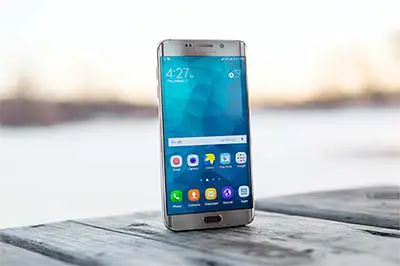This article explains how to free RAM on an Android device. Electronic devices start running slowly over time, and Android is no different.
Even though it is one of the most widely used software globally, Android also has some drawbacks.
As you install and use more applications on your device, you require more RAM to run them smoothly. Besides, as the OS gets updated and new features are introduced, resources become scarce.
Sometimes, upgrading the phone becomes a necessity. However, if it is running slow, you can try to clear up the RAM to improve the performance.
Having an adequate RAM capacity is essential to run the newer versions of OS smoothly. According to Google, your phone should have at least 2 GB of RAM to run Android 10 or Android 11.
The newer, high-end Android smartphones come with around 8 GB of RAM, while the tablet’s RAM lies in the range of 4GB to 8 GB.
There are, however, some high-end Android smartphones offering 10 GB of RAM or more.
Table of Contents
How to free RAM on an Android device
If your Android phone is low on RAM, you can use the following discussed methods to free it up.
Close recently used apps
The RAM in your Android device provides temporary storage for all the apps that you have recently used. Once you have finished using an app, you either use the back button or the home button to exit it.
Sometimes, you then navigate to another app and run it, and once you are done, you exit it the same way as described above. Then you move on to another application, and this process goes on.
However, you should know that the previously opened app is not entirely stopped once you exit it and return to the home screen.
The app(s) you seem to have closed, continue to run in the background. Due to this, all the recently used apps are stored in the RAM.
How to close recently used apps
The method through which you can close the recent apps in your device depends on the Android phone you are using.
In some, you may have physical buttons for home, back, and recently used apps. However, in most of the newer Android phones, all these buttons are virtual.
This means that the buttons will appear only once you unlock your phone and go to the home page.
Please note that we have used a Samsung Galaxy S10 phone for this tutorial.
You may not be able to see these soft buttons when your phone is locked.
- Go to your home screen by pressing the home (middle) button;

- To access the recently used apps, touch the left (three vertical bars) button;

- As you can observe, the browser did not get closed; it is running in the background;

- Before closing our recently used apps, let us first check the RAM usage of our phone;
- Press the home button again;
- Swipe down on your home screen from the top;

- Press the settings button situated at the top right of your screen;
- Scroll down and navigate to “Device care”;

- As you can see, the RAM is not free and we are currently using 4.9 GB out of 8 GB RAM;

- Press the recently used apps button once again;
- Press the “Close all” button to clear your recent apps;
- Now, let’s check the RAM usage;
- Navigate once again to the “Device Care”;
- Now, you can see that our memory usage has dropped to 4 GB out of 8 GB.

Close applications running in the background
Even when you close the recently used apps, there are still apps running in the background. These background apps can cause a drain on your RAM and battery.
How to free RAM on Android by closing background apps
- Navigate to “Device Care” once again;

- To clear the RAM press the “Memory” button;
- The phone will now check the RAM usage. This process may take a little bit;
- You can see that we can still free the RAM further even when we do not have apps running in the background;

- Press the “Clean now” button to clear the RAM further; The process will take some time;

- Now you can see that we have freed an extra 700 MB;
- Our RAM usage has now dropped to 3.2 GB from 3.9 GB; out of 8 GB.
Wrap Up
RAM is an essential part of your Android device. If your phone is running low on RAM, you can experience lag and slower loading times.
In this article, we explained a couple of methods that you can use to free RAM on your Android device.
Freeing the RAM not only speeds up your device but also preserves your battery life.
Check out some of our other awesome articles:


